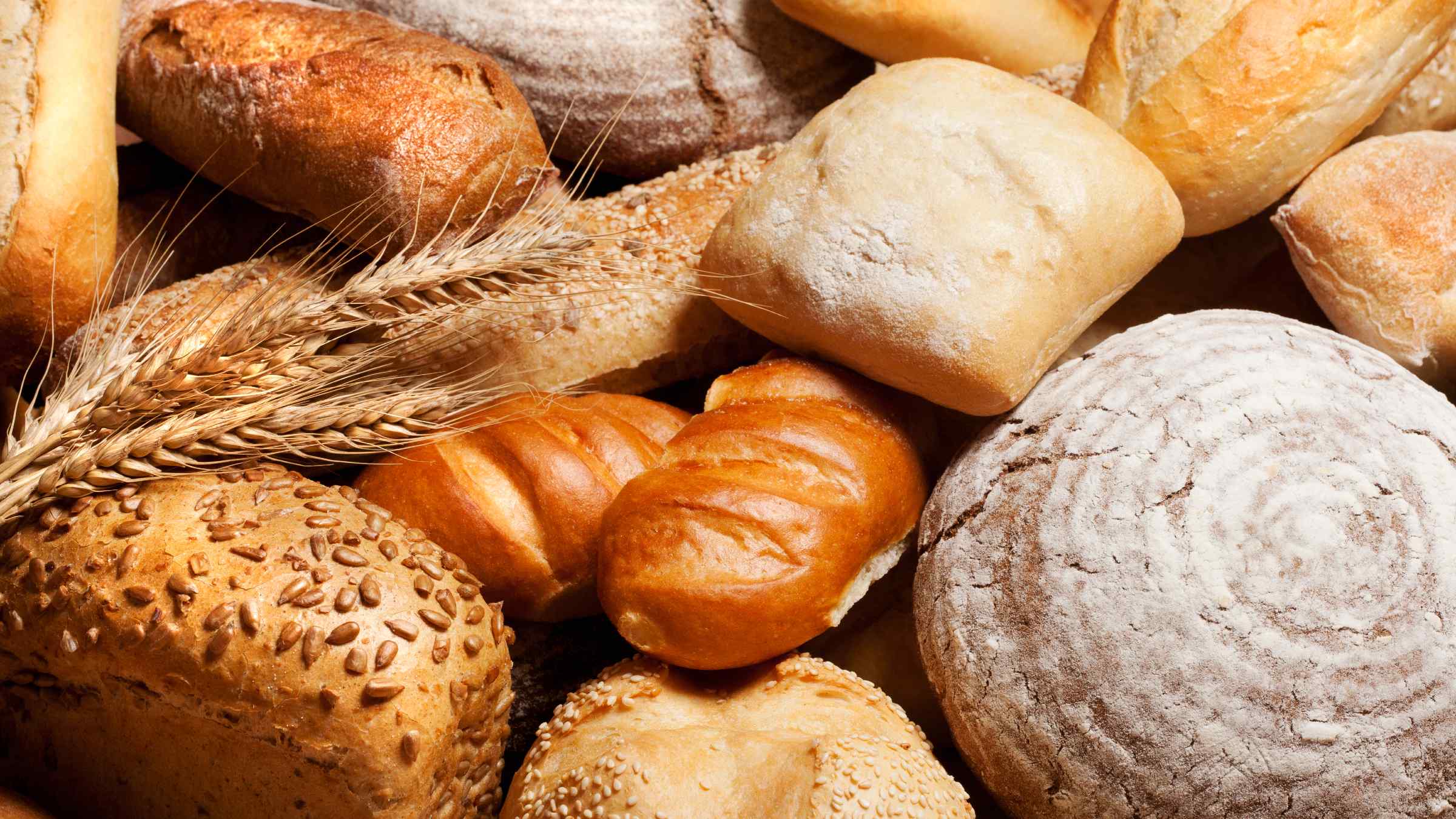
Some people who think their bodies are sensitive to gluten may, in fact, be intolerant to fructans, polymers of fructose that occur in large quantities in wheat products.
This naturally occurring carbohydrate also is found in many fruits, vegetables and legumes. So if someone truly has a fructan intolerance, they would benefit from cutting out more than just foods that contain gluten.
However, if you suspect that a fructan or gluten intolerance is causing digestive issues, it’s best not to immediately eliminate either of the substances from your diet forever — the foods containing fructans and gluten can be beneficial and should be included in your diet if you’re not actually intolerant.
Can a new portable tester detect gluten?
Here’s what you need to know when considering whether to avoid fructans:
What foods contain fructans?
Wheat and onions are the biggest sources of fructans in most Americans’ diets. However, there are other foods high in fructans, falling into two categories: those that also contain gluten and those without gluten.
Gluten-containing, high-fructan foods: wheat, spelt, rye and barley.
High-fructan foods that don’t contain gluten include:
- These fruits: watermelon, grapefruit, nectarine, persimmon, plums, pomegranate, ripe bananas, dates, prunes and raisins
- These vegetables: onions, shallots, leeks, asparagus, artichoke, beets, Brussels sprouts, savoy cabbage, fennel and snow peas
- Kidney beans, black beans, lima beans, mung beans, navy beans and split peas
- Cashews and pistachios
- Garlic and inulin (aka chicory root) and some soy products
What does a fructan intolerance look like?
People who have trouble digesting fructans may experience gas, bloating, belching, constipation or diarrhea.
As a registered dietitian nutritionist, I see patients with digestive issues quite frequently.
Some people are bothered by their symptoms significantly enough that they miss work or school, but others experience symptoms more as a nuisance rather than as an interruption to their day.
Digestive symptoms can almost always be linked back to diet, but fructan intolerance is just one of many possibilities when you experience these types of symptoms.
How do I determine if I should avoid fructans?
Someone with irritable bowel syndrome (IBS) or IBS-like symptoms might benefit from either a short-term fructan elimination in their diet (where they would slowly reintroduce fructans) or a low-FODMAP diet (also with a subsequent reintroduction).
The low-FODMAP diet, while fairly complex, has been studied and found to be effective for IBS.
FODMAP stands for fermentable oligosaccharides, disaccharides, monosaccharides and polyols. Fructans fall into the oligosaccharides group. A low-FODMAP diet avoids foods high in these sugars and fibers because they’re easily fermented by intestinal bacteria, leading to IBS symptoms.
If you suspect a fructan intolerance, the best approach is to avoid fructans for two to four weeks. If digestive symptoms improve during that time, then you’ll know there’s a problem digesting fructans. After the initial elimination, gradually add fructan-containing foods back into your diet one at a time to determine your individual intolerance.
Why shouldn’t I eliminate fructans altogether if I determine I have an intolerance?
Fructans can be a beneficial part of the diet — they can be considered prebiotic, meaning they feed the good bacteria in the gut. Additionally, fructans have been linked to improvements in blood glucose, triglycerides and the improvement of lipid metabolism and immune function.
A diverse diet supports the most diverse gut microbiome, which in turn supports good health overall.
Furthermore, stress and anxiety over having to avoid certain foods can lead to an increase in the symptoms we’re trying to improve with a low-FODMAP or low-fructans diet. And social isolation related to unnecessary dietary restrictions can be harmful.
A final word on diagnosing food intolerances or sensitivities
Don’t continue to avoid foods high in FODMAPs or fructans indefinitely. Elimination should always be followed by a careful, systematic reintroduction. Reintroduction helps us identify which fructan-containing foods are most bothersome and in what quantities.
Keep a detailed food and symptom diary to help you determine which foods are best avoided long-term. Consult with a registered dietitian nutritionist if you need help sorting through the details.

Healthy eating is within your reach!
Make an appointment with our dietitians or nutritionists.
Schedule an appointment




